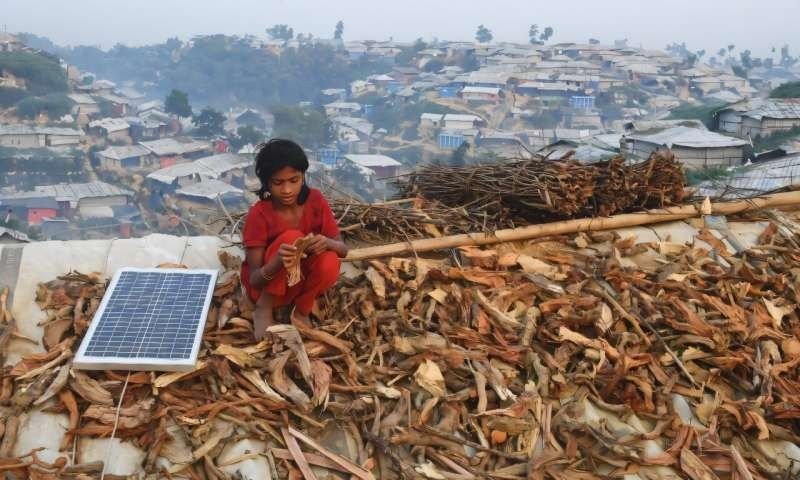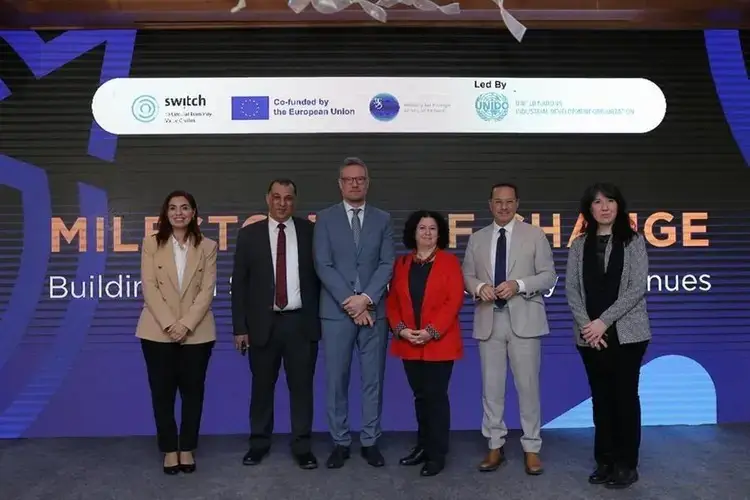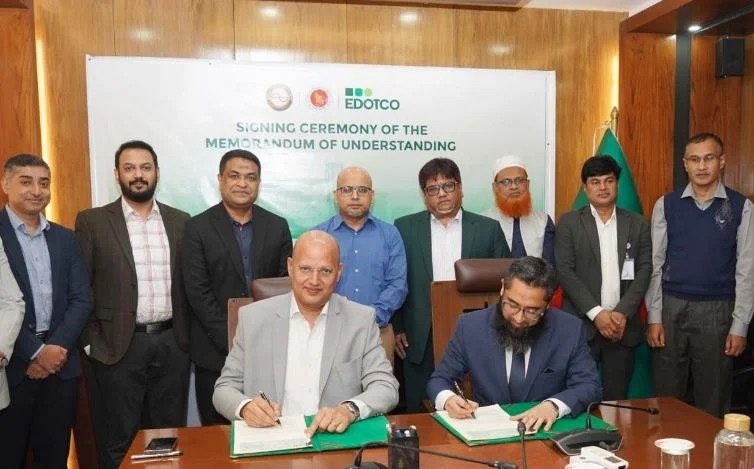Bangladesh’s caretaker leader, Muhammad Yunus, has mandated the installation of solar panels on all government institutions, including ministry buildings, schools, colleges, and hospitals, to mitigate chronic power shortages amid deadly heat waves affecting the country of 170 million people.
The government aims to increase renewable energy generation to 20% of total power by 2030—a fourfold rise from current levels—and reach 30% by 2040. Presently, only 5.6% of Bangladesh’s energy comes from renewables, lagging behind neighbors such as India (24%) and Sri Lanka (nearly 40%).
Unlike previous efforts under former Prime Minister Sheikh Hasina that relied on government power agencies, the new rooftop solar program will be operated and maintained by private sector companies, who will manage systems for their own business interests while the government provides rooftop access.
Additionally, Bangladesh has initiated tenders for 55 solar power plants totaling 5,238 megawatts capacity.
The country remains heavily dependent on cross-border electricity imports from India and Nepal, especially during peak summer demand driven by widespread air conditioner use. Bangladesh is also constructing the Russia-backed 2,400-megawatt Rooppur nuclear power plant, set to be the nation’s largest power station upon completion.















